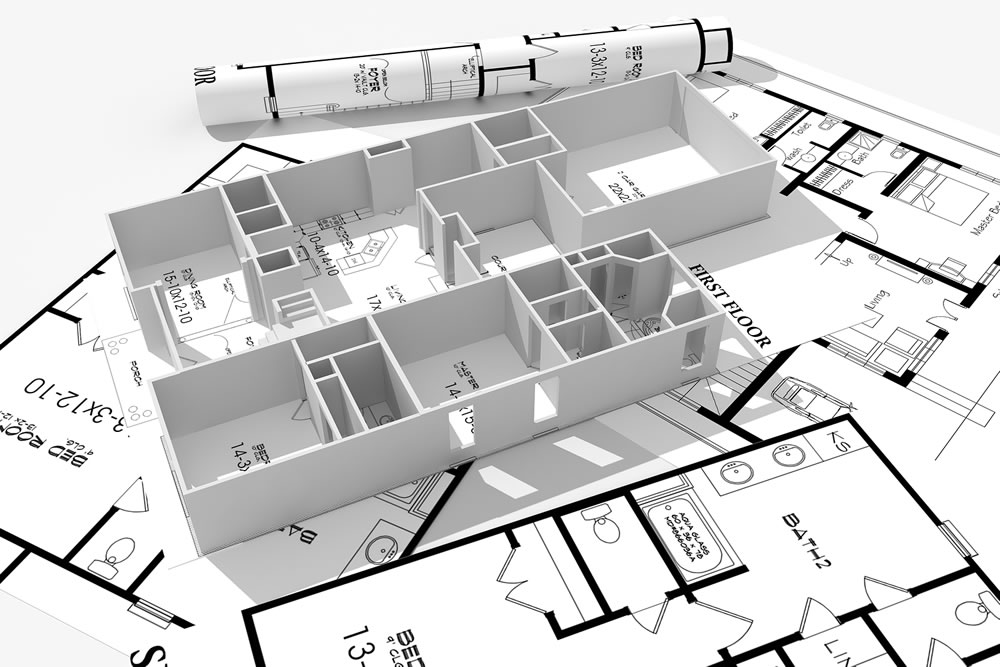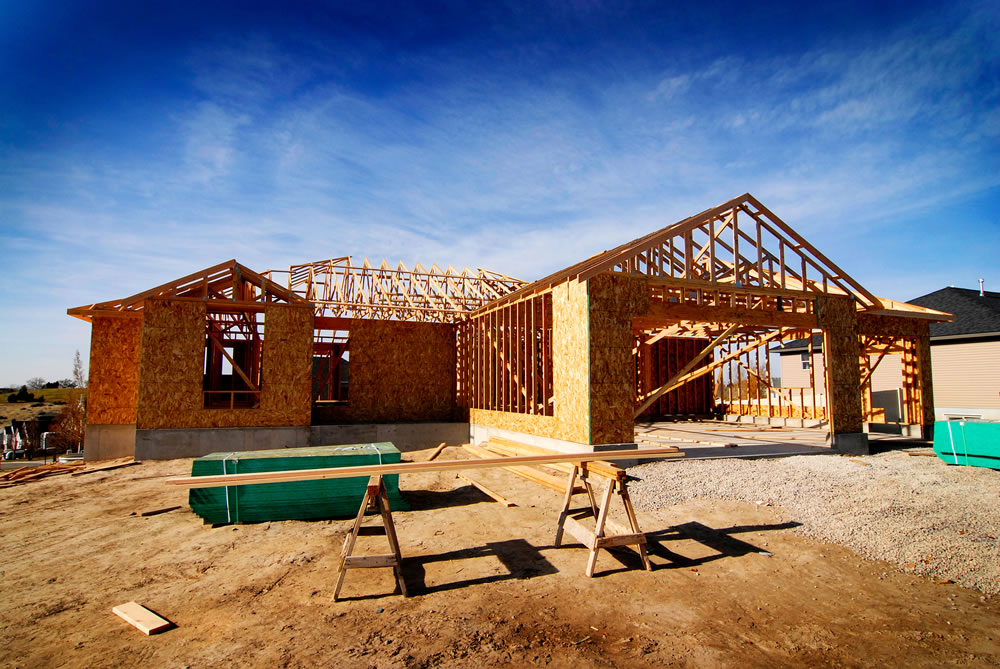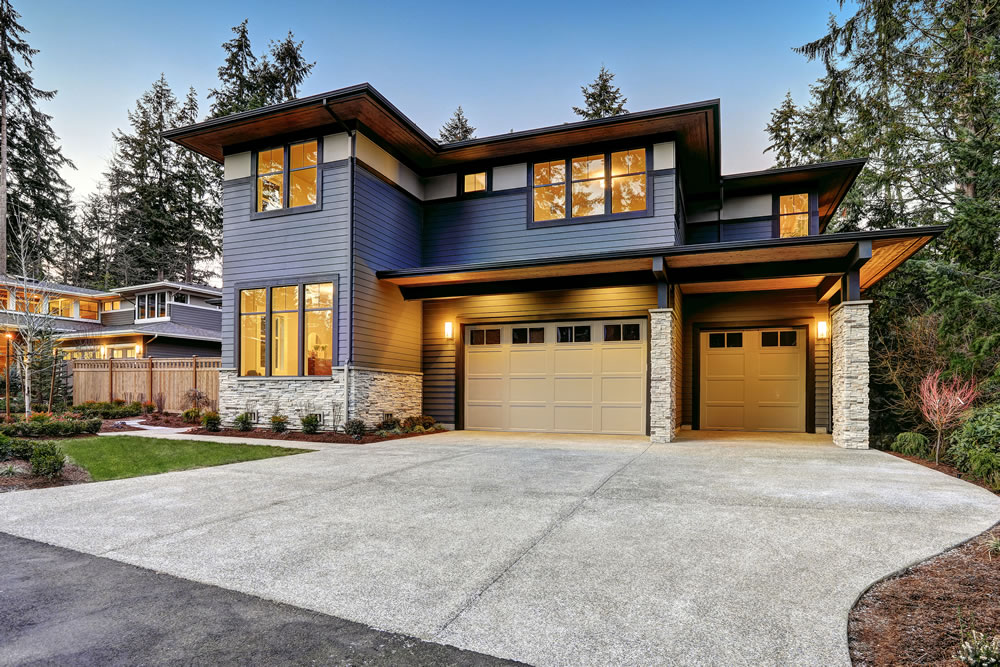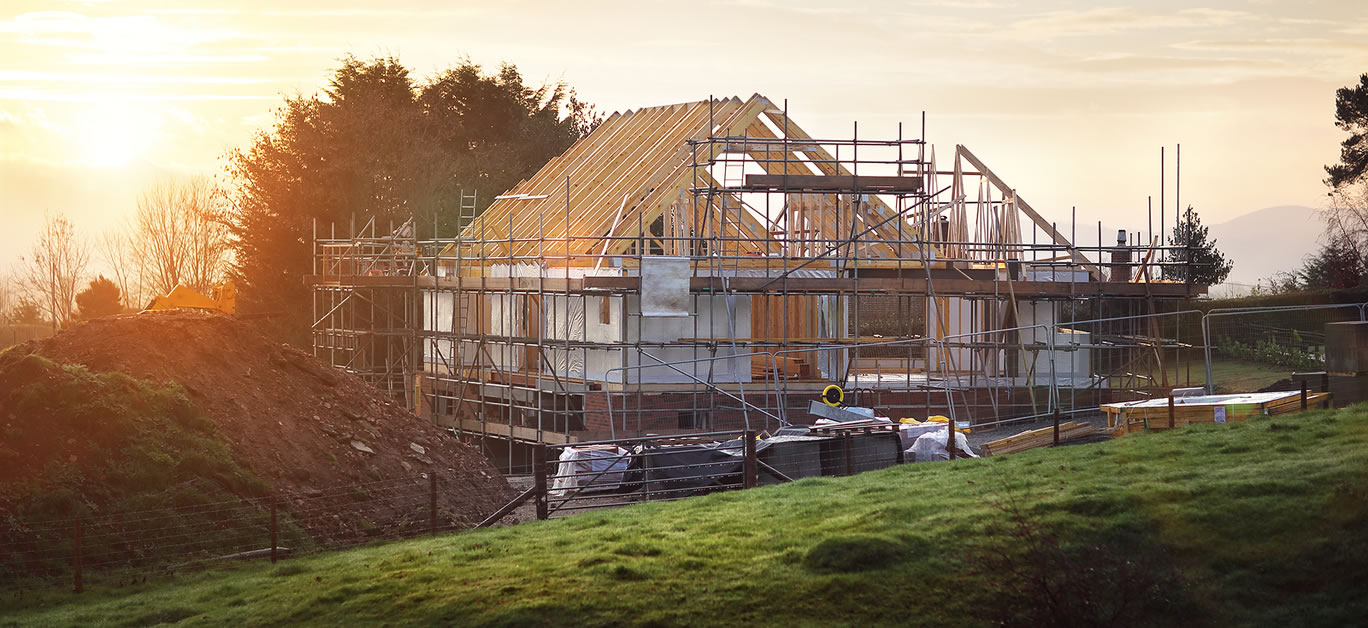Planning on building your dream home this year? Few things could be more exciting – and watching your vision take shape from the ground up is for many, an experience they will never quite forget. From the layout to the interior design, planning a project like this far outweighs the appeal of buying a pre-built home, and if it means you can finally have that infinity pool or firepit you’ve always wanted, then even more so.
But before you get started with bringing your dreams to fruition, it’s important to understand the potential impact of your construction on the surrounding habitats, and the negative ways in which it can affect both wildlife and plant species. While your new home might be a dream project for you, it could be disturbing, disrupting and displacing wildlife if you don’t approach it with care.
There’s no denying that habitat destruction should be a key consideration in all types of building projects – but what exactly is it? And what can we do when planning to ensure that our environmental impact remains minimal?
The primary consequence of habitat destruction is a decrease in biodiversity, which refers to the variety and richness of diverse animal and plant species in a given area. The three main types of habitat loss are habitat fragmentation, habitat destruction, and habitat degradation. Habitat destruction happens when natural ecosystems can no longer support the species that live there, causing biodiversity to be displaced or destroyed. Invasive species, development, pollution, decreasing resources, urban sprawl, logging, mining, and disruption of ecosystem processes are the main drivers of habitat degradation.
The spatial separation of habitats from a prior condition of greater continuity is known as habitat fragmentation. How building resources are produced or obtained as raw materials impacts heavily on biodiversity, to the point where it is notorious as an environmentally damaging industry. With this in mind, it’s vital to consider the impacts of your project and seek to minimise the damage it might cause to the ecology of the area, working with planners, designers and contractors who share your ethos and will take the necessary steps to do things right.
It’s easy to get swept up in the excitement of seeing your dream luxury home come to life, but human health and well-being are dependent on our environment, so we must ensure that we protect and enhance it to create a sustainable society for all.
By paying greater attention to the kinds of materials you purchase, how these resources are used and how waste is disposed of, you can improve your own biodiversity performance and reduce your overall impact, giving you the peace of mind that will enable you to enjoy your lavish abode guilt-free.

Planning stages
From the planning stages, it is imperative to gather the right team for your project to be successful. It’s important that your planners, developers and designers are on the same page from the start when it comes to the intent to minimise the impact of the project on the environment and, if possible, rebuild ecological networks along the way. Every project is unique, and it is important to have experienced specialists on hand to assist and guide within their relevant areas. Here lies the perfect opportunity to incorporate a biodiversity net gain plan into the infrastructure of the project.
A project ecologist from a site like Biodiversitynetgainplan.co.uk should ideally be allocated as a sub-consultant to ensure that the ecological side of the project runs smoothly. The ecological investigations and surveys must be done early on, so as not to cause delays and introduce conflict into the construction phase. An ecologist like those available via Biodiversity Net Gain Plans will be part of the team from start to finish, ensuring you are in safe hands, and helping you to bring your dream project to fruition without doing any damage to the surrounding areas – making it a win not only for you, but for the environment, too.
The preliminary ecological appraisal, combined with the required DEFRA 3.0 metric assessment, means the planning information will be organised and easily understandable, so it will be obvious to all members of the team what impact your project will have on the existing ecosystem. Your chosen service provider should also check with and report to local authorities and regulators on the progress of your ecological management, ensuring no surprise delays or hindrances appear to slow the project down.
Any on-site disturbance should be investigated, to protect the species that inhabit the area naturally: be these woodlands, wetlands or other natural habitats. Surveys should determine whether the proposed work is based on accurate information. Species can be threatened with extinction as wildlife is displaced, as this causes changes in their way of living. Not only are habitats destroyed, but noise and light disturbances during construction can also affect the feeding and breeding behaviours of birds and animals, which has a negative impact on the long term population levels.
Fragmentation decreases the natural habitat size as well as reducing the interaction with other wildlife species in their communities or natural ecosystems. This affects population dynamics, especially for mobile species which rely on large habitat areas. The more trees that are cut down as areas are levelled for construction, the more carbon dioxide is released into the atmosphere, causing the Earth to warm up faster.

The composition and quality of the soil may be altered by bad construction practises, while run-off of pollution, in turn, affects habitat degradation. Non-native plant species are sometimes introduced into an area, and can destroy or disrupt the natural ecosystems, so pay attention to what you’re planting and be prepared to sacrifice what looks good for what is best for the habitats around you.
As we make more space for people and business, we must not overlook the homes that are being destroyed in the process – we are harming our own lives by contributing to global warming and climate change. Working for biodiversity doesn’t just benefit the environment, but can offer potential cost-saving and long term sustainability, too – so keeping it at front of mind will yield some positive results for everyone.
Construction practises
Throughout the construction process, it is important to look for opportunities to provide or protect natural habitats. Look for construction companies that seek to increase the efficiency of their operations, whether that’s through minimising waste and choosing products and methods which reduce waste, or optimising the use of their supplies and materials. Even the processing and production of materials can impact heavily on biodiversity, while transportation is another huge consideration.
On-site recycling initiatives should be explored – employing those that focus on recycling construction debris, as not only will this reduce the impact on the natural environment in which the construction is taking place, but it will minimise the overall carbon footprint of the project, too. Greener solutions include using products and materials that are more environmentally friendly, and the efficient use of energy and water on-site.

Long-term awareness
So, what else can you do to support the habitats around your new home? The overall ecological quality, extent, capacity, and functioning of the area and surrounding network can be enhanced by creating buffer areas, new habitats, and landscape features that are important for wildlife. Green spaces add value to a project by preserving natural resources and possibly creating areas of refuge for displaced wildlife. The displacement of populations of species leads to increased pressure on other sites, thereby adversely affecting even more ecosystems – so it’s important to do what you can to make them continue to feel at home.
Education is vital, so be sure to read up on the topic as much as you can before hiring your contractors and getting your project underway. The installation of green areas with bird or bat boxes, insect habitats, or even wildflower meadows or areas can make a huge difference, while planting native plants and providing a water source to help wildlife thrive – providing food, drink, cover, and places to raise their young – are all steps that will help.
The good news is that your development does have the ability to support migration, dispersal, and genetic exchange that would happen naturally in an ecosystem had there not been an interruption – all it takes is a little extra thought and consideration.
When planning any project, large or small scale, we need to think about all aspects and angles of it so that we can continue not only to survive, but to flourish in the environment together.






















